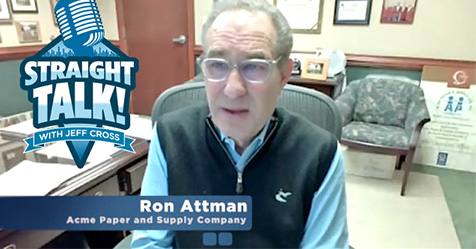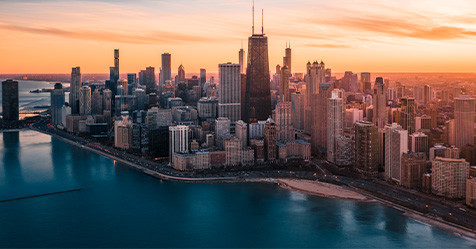Preventing Carbon Monoxide Poisoning in Your Facility
As temperatures go down, the risk for carbon monoxide poisoning goes up.
According to the U.S. Centers for Disease Control and Prevention (CDC), carbon monoxide (CO) exposures and poisonings occur more often during the fall and winter, when more natural gas furnaces and heaters, as well as gas-powered generators from loss of power, are in use. Every year in the United States, approximately 430 people die and 50,000 people visit an emergency department due to accidental CO poisoning.
What Is CO and How Is It Poisonous?
CO is a deadly, colorless, odorless, poisonous gas, totally undetectable by humans. It’s produced by the incomplete burning of various fuels, including coal, wood, charcoal, oil, kerosene, propane, and natural gas. Products and equipment powered by internal combustion engines, such as portable generators, cars, lawn mowers, and power washers, also produce CO. Keep in mind that it can be occur anywhere combustion takes place.
CO is harmful when breathed because it displaces oxygen in the blood and deprives the heart, brain, and other vital organs of oxygen. Large amounts of CO can overcome a person in minutes without warning—causing a loss of consciousness and suffocation.
According to the U.S. Department of Labor’s Occupational Safety and Health Administration (OSHA), every year, workers die from CO poisoning, usually while using fuel-burning equipment and tools in buildings or semi-enclosed spaces without adequate ventilation. This can be especially true during the winter months when employees use this type of equipment in indoor spaces that have been sealed tightly to block out cold temperatures and wind. Symptoms of carbon monoxide exposure can include everything from headaches, dizziness, and drowsiness to nausea, vomiting, or tightness across the chest. Severe carbon monoxide poisoning can cause neurological damage, coma, and death.
Steps Toward Preventing CO Poisoning
The good news is that CO poisoning is completely preventable. There are several steps you can take to help keep everyone in your facility safe.
OSHA advises that the best way to defend those in your facility against CO is by purchasing and using CO detectors. CO detectors are designed to measure CO levels in an area and sound an alarm before dangerous levels of CO accumulate, giving people adequate warning to safely ventilate or evacuate the area. Portable CO detectors are a great choice when workers are in a place where CO is a possibility, but there aren’t any CO detectors available at the site.
Be sure all CO detectors are placed correctly according to your local ordinances and check often to make sure they are all working properly.
Other ways to reduce the risk of CO poisoning include installing an effective ventilation system and avoiding the use of fuel-burning equipment and tools in enclosed or partially enclosed spaces. It’s important to realize that actions such as simply opening a garage door will not provide adequate ventilation to prevent CO from accumulating to toxic levels. Note also that CO is slightly lighter than air and can travel through drywall. So, if CO is increasing in one area, even if that area is not occupied, it can still threaten the safety of inhabitants in adjacent areas.
Any tools or equipment that produce CO should be regularly inspected and maintained, to ensure they are always in good working order.
You’ll also want to train and educate all facility occupants and employees about the dangers of CO poisoning and how they can play an important role in its prevention.
Lastly, be sure to respond quickly to help anyone exhibiting the symptoms of CO poisoning. These include headache, chest pain, dizziness, drowsiness, confusions, nausea, vomiting, or loss of consciousness.
For more information more information about CO poisoning prevention, visit the CDC website and download the OSHA fact sheet on the subject. Also see A Timely Carbon Monoxide Reminder (as the switch from daylight savings time is fast approaching) and Avoid Carbon Monoxide Poisoning from Generators (as this time of year is also hurricane season).


